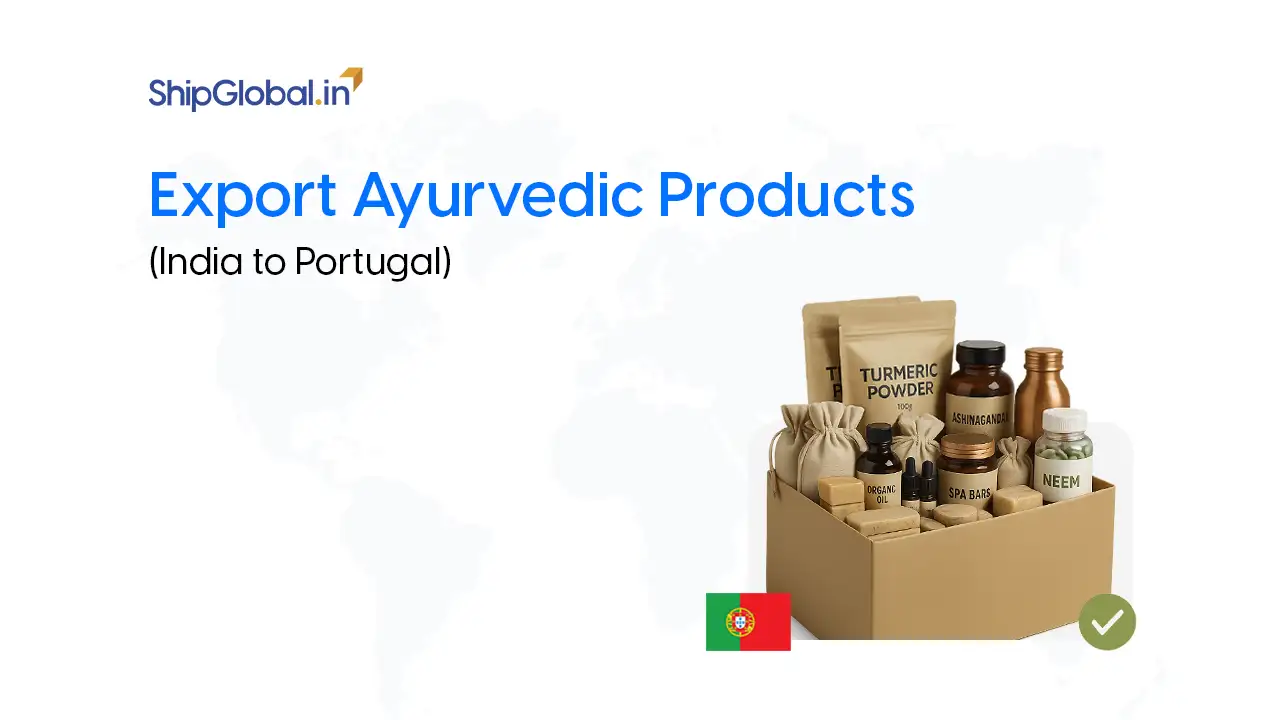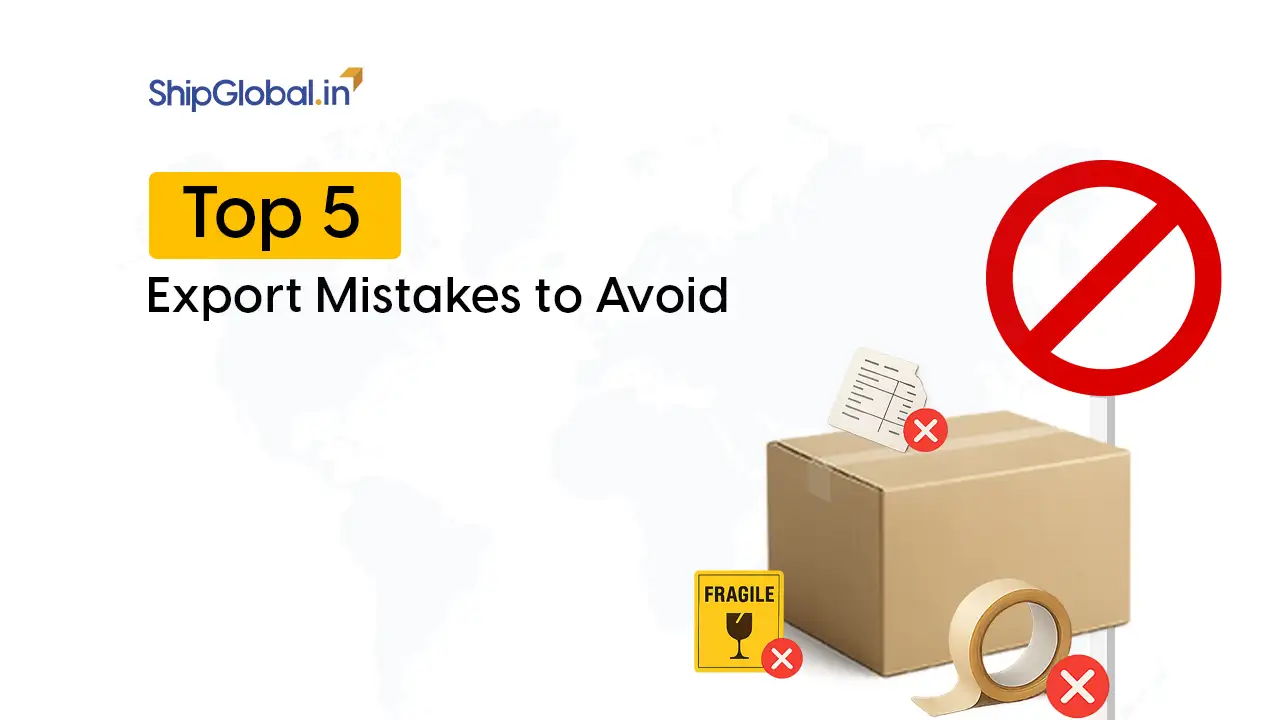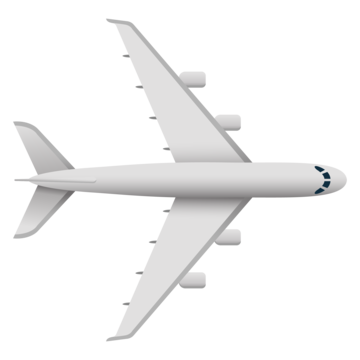If you’re a textile exporter looking to grow your footprint in the international market, Australia is one of the most promising regions to consider. With a stable economy, a strong fashion industry, and a demand for both luxury and everyday textiles, partnering with distributors in Australia can unlock a world of opportunities for your business.
But where do you begin?
In this in-depth guide, we’ll walk you through everything from finding clothing distributors in Australia to building a wholesale network in Australia to collaborating with Australian boutiques. Whether you’re a seasoned exporter or just entering the market, this guide will provide the insights and action steps you need to successfully set up your textile distribution in Australia.
Why Australia?
Before we dive into strategies for partnering with distributors in Australia, let’s understand why the country is a valuable destination for textile exporters.
Australia has a sophisticated consumer base with a strong inclination toward quality, sustainability, and fashion-forward styles. This makes it ideal for a range of textile products, from organic cotton fabrics and technical textiles to high-end fashion garments.
Additionally, the Australian retail landscape is diverse. It includes department stores, online retailers, concept stores, and independent boutiques, all of which are potential customers when you’re building a wholesale network in Australia.
Step 1: Understanding the Retail Landscape
To effectively start partnering with distributors in Australia, it’s essential to understand the retail channels for textile exports. These channels serve as the bridge between your products and the final consumers.
Key Retail Channels in Australia:
- Large department stores like Myer and David Jones
- Online marketplaces such as The Iconic or Catch
- Franchise and chain stores, including Cotton On and Country Road
- Independent boutiques that cater to niche markets
- Pop-up stores and concept shops in urban areas
Each of these channels has its distribution model. For instance, large retailers often work with import agents in Australia, while boutiques prefer direct collaboration with textile exporters or exclusive partnerships.
Step 2: How to Find Clothing Distributors in Australia
So, how do you go about finding clothing distributors in Australia? Here are a few tried-and-tested methods:
1. Trade Shows and Fashion Expos
Australia hosts several international trade shows and expos such as Fashion Exposed NOW, Life Instyle, and Australian Fashion Week. These events are fantastic for networking with fashion retailers looking for suppliers, import agents in Australia, and decision-makers from large retail chains.
2. B2B Platforms
Websites like Alibaba, Global Sources, and the Australian Fashion Exporters Directory list verified textile importers and distributors. You can use filters to find companies specifically partnering with distributors in Australia and narrow down your ideal leads.
3. LinkedIn and Industry Forums
LinkedIn is an underrated goldmine. Look up titles like “Buyer”, “Sourcing Manager”, “Retail Partner”, or “Import Agent” with filters set to Australia. Join groups and communities focused on fashion retailers looking for suppliers.
4. Local Agencies and Consultants
Sometimes, the easiest route is through a middleman. Many consultants specialize in setting up textile distribution in Australia. These professionals already have connections with distributors and retailers and can help negotiate terms.
Step 3: Building a Wholesale Network in Australia
Once you’ve identified potential partners, the next step is building a wholesale network in Australia. This network will be the backbone of your distribution strategy.
Tips for Building Strong Wholesale Relationships:
- Offer competitive pricing that includes volume discounts.
- Provide detailed product catalogs with high-quality images.
- Create easy-to-navigate ordering systems.
- Stay proactive with follow-ups and inventory updates.
- Be clear about shipping, customs, and return policies.
When you’re partnering with distributors in Australia, remember that reliability and transparency are key. Australians value punctuality, direct communication, and consistency, traits that should reflect in all your interactions.
Step 4: Collaboration with Australian Boutiques
Many exporters make the mistake of only targeting large retail chains. In reality, collaboration with Australian boutiques can be equally, if not more, profitable.
Boutiques usually specialize in curated collections. If you’re offering something unique—handwoven textiles, eco-friendly fabrics, or custom designs, these retailers will be especially interested.
Why Focus on Boutiques?
- They value exclusive partnerships.
- Lower order volumes mean easier entry points.
- They often give higher margins compared to big-box retailers.
- You can directly engage with local fashion culture.
To approach boutiques effectively:
- Personalize your pitch.
- Offer sample kits.
- Suggest co-branded promotions or events.
- Highlight your story and values.
When fashion retailers are looking for suppliers, what sets you apart is not just your price, but your brand ethos and ability to adapt to local trends.
Step 5: Navigating Import Agents in Australia
Another viable route for partnering with distributors in Australia is through import agents. These are professionals who facilitate the entry of foreign goods into the Australian market.
Import agents are especially helpful if:
- You’re unfamiliar with Australian customs regulations.
- You want someone local to handle compliance and logistics.
- You’re testing the market and want lower initial investment.
Make sure to sign clear contracts with import agents. Define areas like sales commission, territory, and contract duration. It’s crucial for long-term success and transparency.
Step 6: Setting Up Textile Distribution in Australia
You’ve found potential partners. You’ve pitched to boutiques and retail chains. Now it’s time to formalize the process of setting up textile distribution in Australia.
Here’s a step-by-step guide:
1. Register Your Business
While you can technically export without a local entity, registering a local branch or working with a distributor who handles this can streamline processes like GST, banking, and local marketing.
2. Understand Tax and Compliance
Australia has strict labeling and safety requirements for textiles. Familiarize yourself with the Product Safety Australia guidelines and ensure your labels meet country-of-origin and care instruction requirements.
3. Decide on Logistics
Will you ship directly to retailers? Or warehouse your goods in Australia? Many exporters use third-party logistics (3PL) services that handle storage, packing, and local shipping.
4. Digital Infrastructure
Even if you’re not selling direct-to-consumer, having a solid B2B portal or showroom website is vital. This is how most distributors assess credibility when fashion retailers are looking for suppliers.
Step 7: Nurturing Trade Relationships with Australian Companies
Once you’ve built your network and started receiving orders, don’t stop there. The goal is to cultivate long-term trade relationships with Australian companies.
Here’s how to keep your partners happy:
- Offer seasonal previews and first-look collections.
- Be responsive to their feedback on trends and preferences.
- Visit Australia occasionally for relationship-building.
- Consider joint marketing efforts like influencer collaborations or in-store promotions.
Strong trade relationships with Australian companies lead to repeat business, referrals, and better market penetration over time.
Final Thoughts
Breaking into a new market is never easy, but when done right, partnering with distributors in Australia can become one of your most profitable ventures. By understanding how to find clothing distributors in Australia, identifying the right retail channels for textile exports, and strategically building a wholesale network in Australia, you’re setting your business up for long-term success.
Don’t overlook the power of collaboration with Australian boutiques; these niche players often punch above their weight. Whether you’re working directly with retailers or through import agents in Australia, clarity and consistency will serve you well.
And when it comes to setting up textile distribution in Australia, think of it not just as logistics, but as laying the foundation for a sustainable business model.
FAQs
You can find clothing distributors in Australia by attending trade shows, exploring B2B platforms, networking on LinkedIn, or working with local sourcing agents. Many exporters also connect with import agents in Australia or use directories like the Australian Fashion Exporters list.
The main retail channels for textile exports in Australia include department stores (like Myer), online platforms (e.g., The Iconic), fashion chains, independent boutiques, and concept stores. Each channel offers unique opportunities for brand visibility and growth
While it’s not mandatory, working with import agents in Australia can simplify customs clearance, compliance, and local logistics, especially if you’re new to the market or lack an Australian office.
Building a wholesale network in Australia involves identifying suitable partners, offering competitive pricing, maintaining consistent communication, and showcasing a strong product catalog. Relationships with both large retailers and boutique owners are key.









